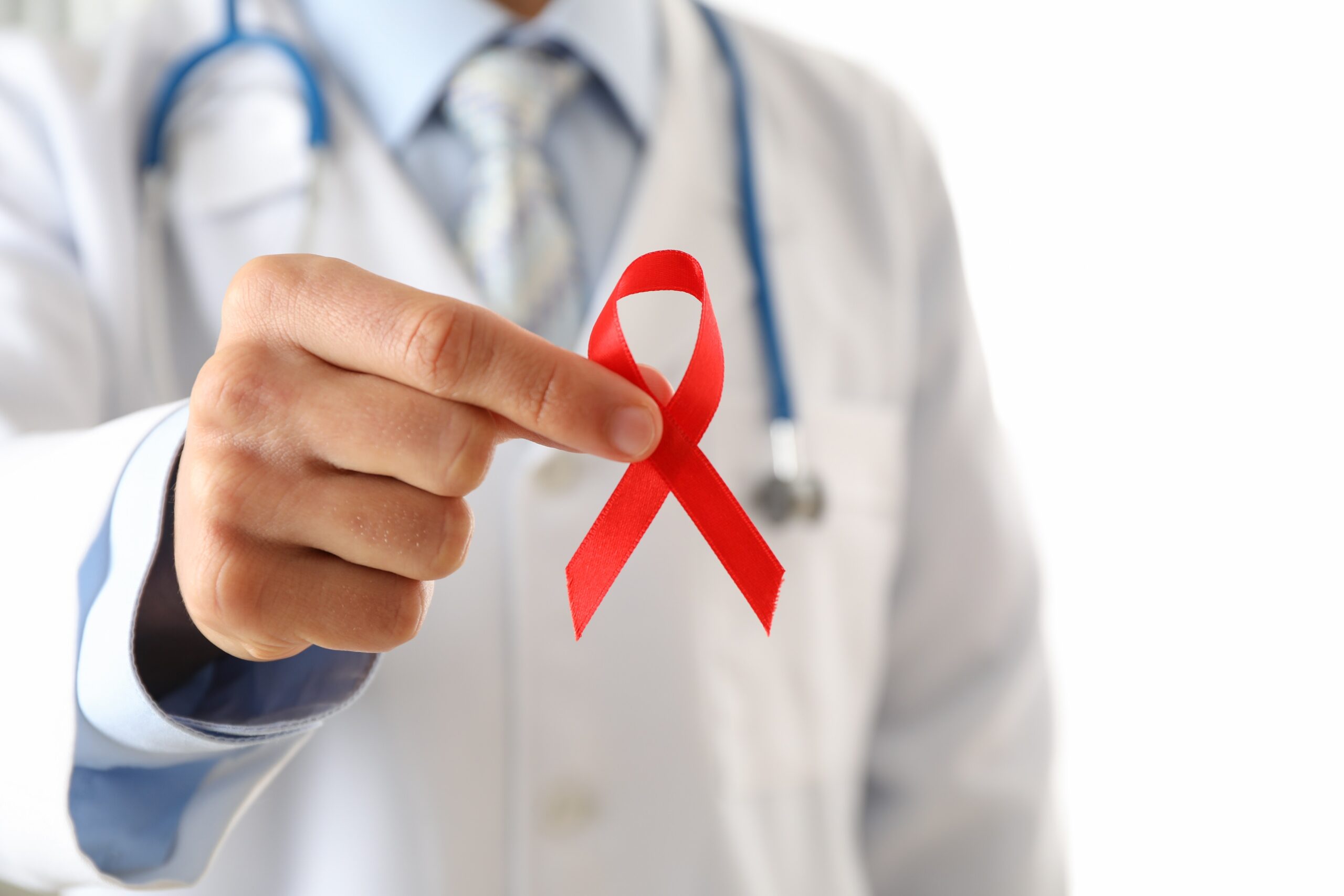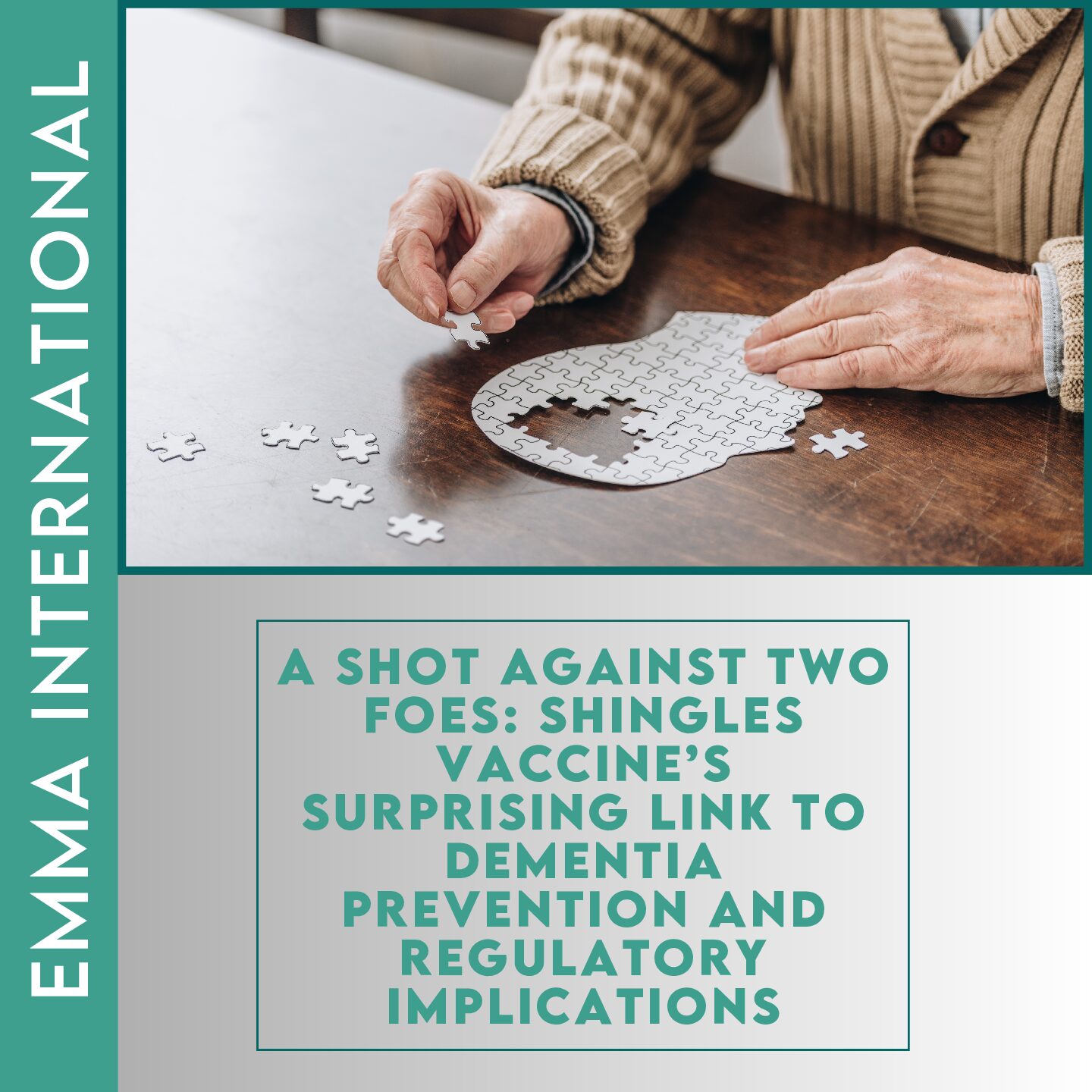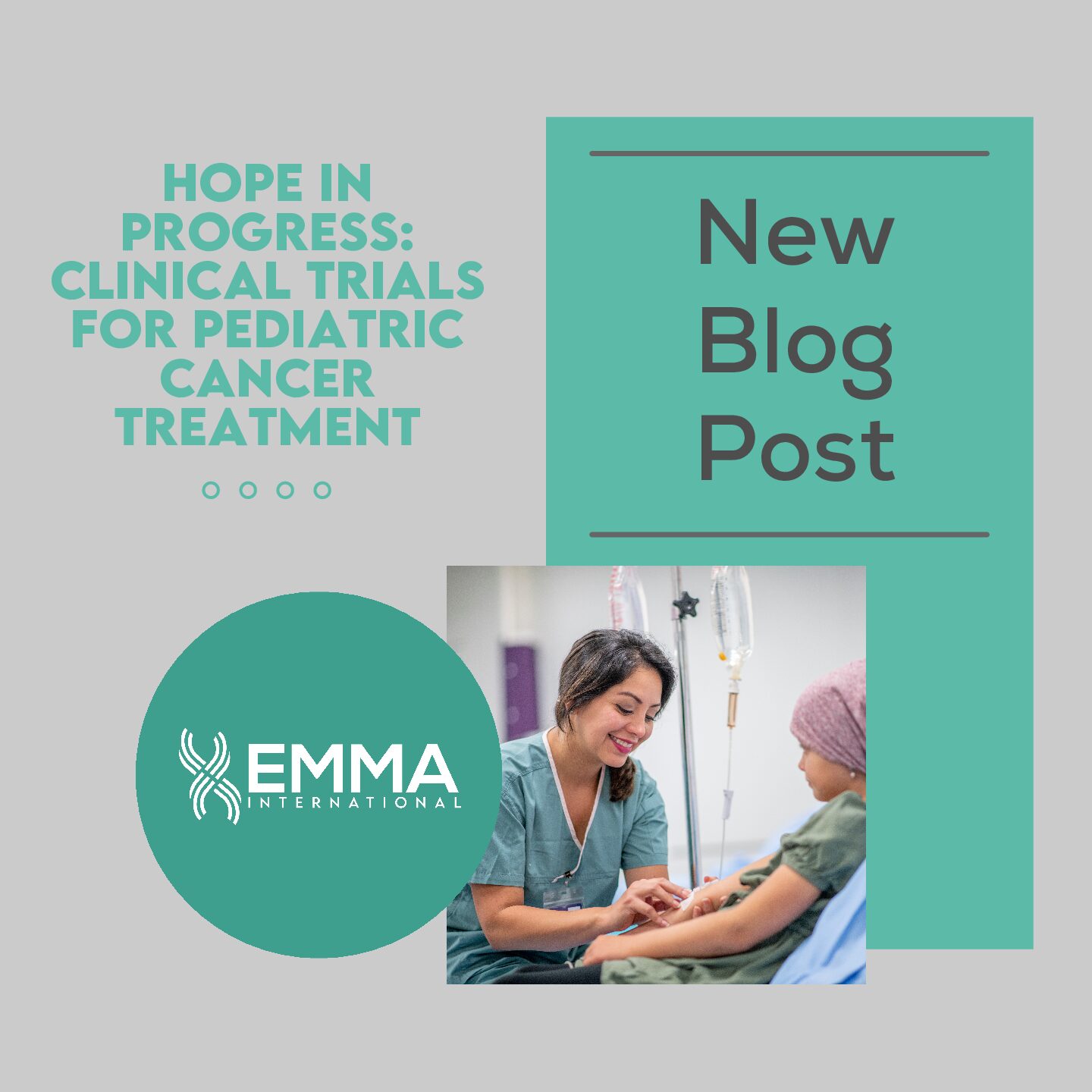The history of HIV therapies in the United States is a testament to scientific ingenuity, resilience, and the relentless pursuit of better health outcomes. From the early days of the epidemic to the present, the development of HIV treatments has transformed the prognosis of those living with the virus from a fatal diagnosis to a manageable chronic condition. This blog explores the key milestones, breakthroughs, and ongoing challenges in the history of HIV therapies in the US.
The Emergence of HIV/AIDS: A Grim Beginning
The early 1980s marked the beginning of the HIV/AIDS epidemic in the United States. Initially, little was known about the disease, which led to widespread fear and stigma. In 1981, the Centers for Disease Control and Prevention (CDC) reported a rare form of pneumonia in young gay men, which was later identified as a symptom of AIDS. By 1983, the human immunodeficiency virus (HIV) was identified as the cause of AIDS.
AZT: The First Breakthrough
In 1987, the US FDA approved the first antiretroviral drug, zidovudine (AZT). Developed by Burroughs Wellcome Co., AZT was originally created as a cancer drug but showed promise in inhibiting HIV replication. While AZT significantly extended the lives of patients, it was associated with severe side effects and was far from a cure.
The Introduction of Combination Therapy
The mid-1990s brought a groundbreaking advancement in treatment: combination antiretroviral therapy (ART). By combining multiple drugs that target different stages of the HIV lifecycle, this approach proved far more effective than monotherapy. In 1996, the FDA approved the first protease inhibitor, saquinavir, marking the beginning of highly active antiretroviral therapy (HAART). HAART transformed HIV from a death sentence into a manageable chronic illness, drastically reducing AIDS-related deaths.
The Advent of Single-Tablet Regimens
The early 2000s saw the development of single-tablet regimens, simplifying treatment for patients. In 2006, the FDA approved Atripla, the first once-daily single-tablet regimen for HIV, which combined three drugs: efavirenz, emtricitabine, and tenofovir disoproxil fumarate. This innovation improved adherence to treatment and significantly enhanced the quality of life for patients.
Advances in Pre-Exposure Prophylaxis (PrEP)
A major milestone in prevention came with the approval of Truvada for pre-exposure prophylaxis (PrEP) in 2012. PrEP is a daily medication that significantly reduces the risk of infection in individuals at high risk. This preventive measure has been a game-changer in the fight against HIV, offering an additional tool to reduce new infections alongside traditional methods like condom use and needle exchange programs.
The Quest for a Cure: Ongoing Research
Despite the tremendous progress in treatment and prevention, the quest for a cure continues. Researchers are exploring various strategies, including gene editing, therapeutic vaccines, and “shock and kill” approaches that aim to eradicate latent HIV reservoirs in the body. The “Berlin Patient” was the first person to be cured of HIV through a bone marrow transplant, but this method is not widely applicable due to its complexity and risks.
The Road Ahead: Challenges and Opportunities
Ensuring equitable access to treatment and prevention services remains a critical issue, particularly for marginalized communities disproportionately affected by HIV. Stigma and discrimination continue to be significant barriers to effective prevention and care.
However, advances in long-acting injectable therapies, promising cure research, and global initiatives aimed at ending the epidemic by 2030 offer hope. The US Ending the HIV Epidemic (EHE) initiative, announced in 2019, aims to reduce new infections by 90% by 2030 through targeted efforts in high-burden areas, expanded testing, and enhanced access to treatment and prevention.
The history of HIV therapies in the US is a remarkable journey of scientific progress, resilience, and hope. From the dark days of the 1980s to the transformative therapies of today, the advancements in treatment and prevention have saved countless lives and brought us closer to the ultimate goal of ending the epidemic. As research continues and new innovations emerge, the future holds promise for a world where HIV is no longer a public health threat.
EMMA International’s team has been proud to support companies bring a number of groundbreaking therapies to market. Ready to learn more? Get in touch with our team of experts 24/7 at 248-987-4497 or be emailing info@emmainternational.com today.
HIV.gov (n.d.) What is Ending the HIV Epidemic in the U.S? retrieved from: https://www.hiv.gov/federal-response/ending-the-hiv-epidemic/overview





